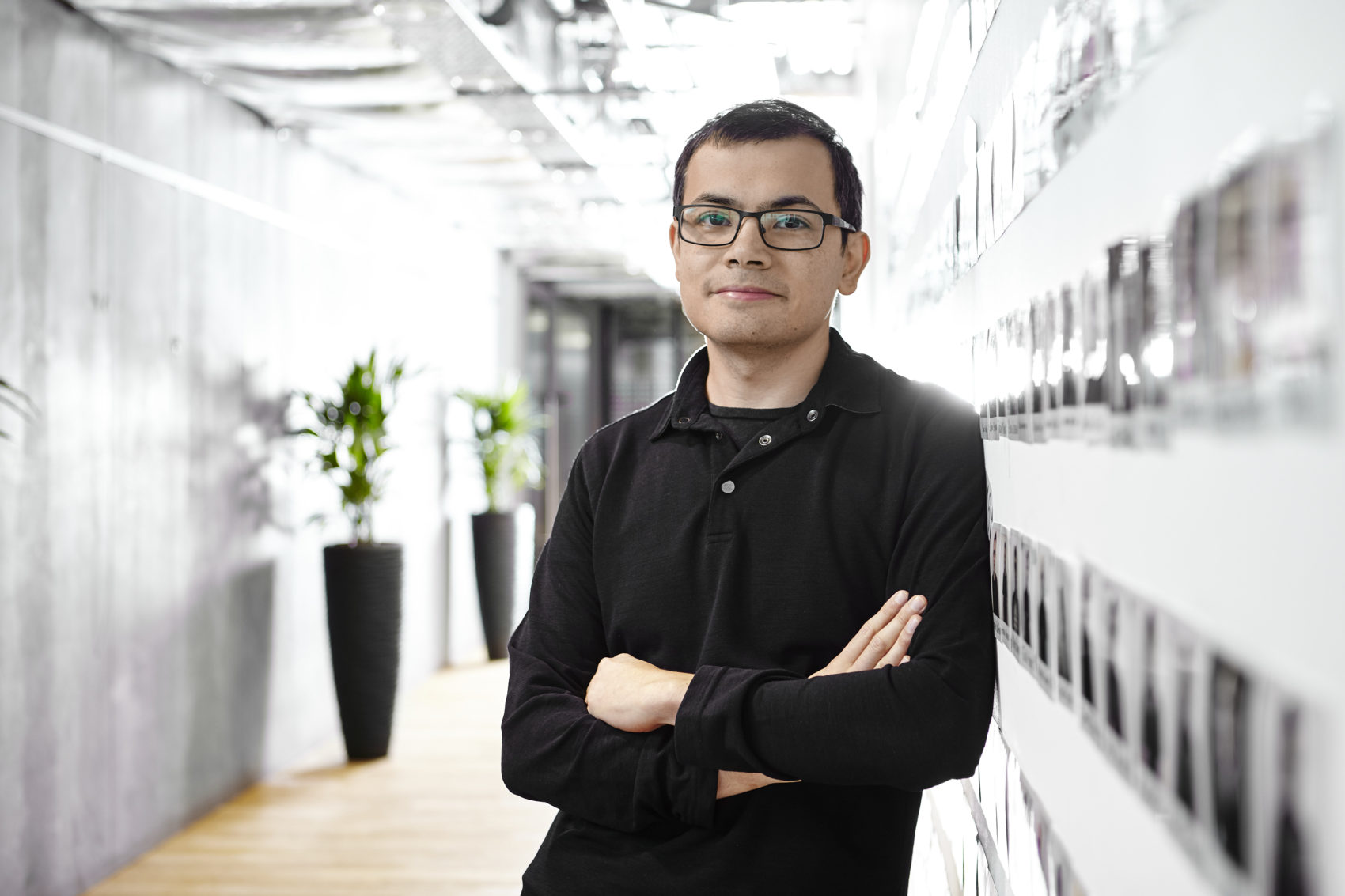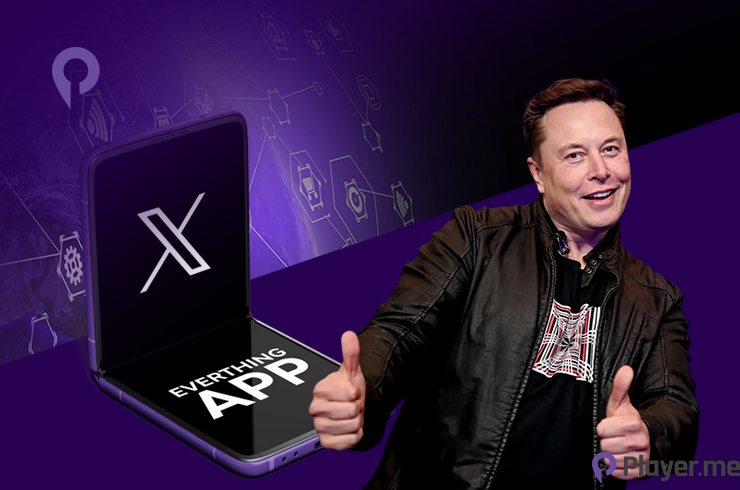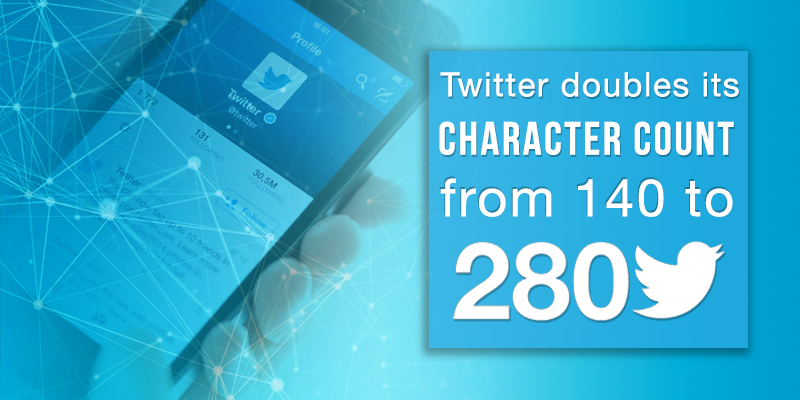


The use of YouTube content to train AI models has sparked controversy among creators, who are raising concerns about consent, compensation, and their rights. Against the backdrop of silence from big tech companies, lawsuits have been filed, highlighting ethical, legal, and financial implications. The scheduled press conference by NASA is expected to reveal crucial updates on the safe return of astronauts Sunita Williams and Barry Wilmore, who have been stranded in space for over two months.
NASA's Stranded Astronauts and the Ethical Turmoil in AI Training
While the safe return of astronauts Sunita Williams and Barry Wilmore from their extended stay in space is eagerly anticipated, a simmering controversy related to AI model training has emerged. Here's a deeper dive into the issue:
Background: The Use of YouTube Content for AI Training
Artificial intelligence models, which underlie many technological advancements, require vast amounts of data for training. To meet this demand, companies like Google have been leveraging YouTube content, raising concerns among creators.
Ethical, Legal, and Financial Implications
Creators contest that the use of their content without consent or compensation violates their rights. They argue that their labor and creative efforts are being exploited for commercial gain. Moreover, the potential biases and inaccuracies introduced by using unverified YouTube content for training AI models are also of concern.
Silence from Big Tech and Legal Action
Despite the outpouring of discontent, big tech companies have remained largely silent on the issue. This has prompted lawsuits from creators, seeking to establish their rights and secure compensation for the use of their content.
The NASA Connection
While the NASA press conference primarily focuses on the safe return of Williams and Wilmore, the backdrop of the AI training controversy adds a layer of complexity. The mission has been extended due to technical difficulties, highlighting the challenges and potential risks associated with extended space stays.
Top 5 FAQs and Answers
1. What is the issue with using YouTube content for AI training?
2. Why are big tech companies silent on the matter?
3. What legal action has been taken?
4. How does this relate to the NASA mission?
5. When will Williams and Wilmore return to Earth?

The successor to the popular Samsung Galaxy M35 is rumored to be the Galaxy M36, which has recently appeared on a benchmarking website. The listing reveals that the phone will feature a powerful Exynos 1380 processor, 6GB of RAM, and run on Android 15 with One UI 7. This model is expected to be the global variant of the handset and may share similar specifications with the Galaxy A36 5G, including a Super AMOLED display, triple rear camera setup, and a large battery with 45W fast charging support. Stay tuned for more updates on this upcoming Samsung device.

In a recent interview, Google DeepMind CEO Demis Hassabis revealed that artificial general intelligence, or AI systems capable of human-level cognition, could become a reality in five to ten years. However, he emphasized that today's AI systems are lacking in areas such as consciousness and imagination. Despite this, Hassabis also shared his optimism for the future of AI, including its potential to revolutionize drug development and robotics. However, he acknowledged that AI systems still remain a "black box" in terms of understanding their inner workings.

Tesla and SpaceX CEO Elon Musk recently responded to a post announcing that X, an AI-driven news app, has become the top news app on the Indian App Store. While some celebrated the platform's success, others used the moment to criticize it. This news comes after Musk's AI company xAI acquired X for $33 billion in an effort to combine their data and capabilities to improve AI chatbot Grok. According to Musk, this marks a major global ascent for both companies.

Vivo has just launched its latest budget 5G smartphone, the Vivo T4 5G, in India. This device is perfect for value-conscious buyers, as it boasts an impressive package of features. Along with its IP65 rating for dust and water resistance, the T4 5G also has a quad-curved AMOLED display with a high refresh rate and brightness. Its impressive generative AI features, such as AI Erase and Live Text, make this smartphone a great value for its price. Additionally, with its powerful Snapdragon 7s Gen 3 chipset and Funtouch OS software, the Vivo T4 5G is sure to deliver a top-notch performance.

The Chinese smartphone giant, Vivo, has officially launched its latest 5G device, the T4 5G, in the Indian market. Packed with top-notch features such as a quad-curved AMOLED display, a massive 7,300 mAh battery and Snapdragon 7 series processor, the device aims to be a tough competitor in the ever-growing 5G market. With prices starting at Rs 21,999, the T4 5G will be available to purchase from Flipkart, Vivo's official store, and retail partners. Don't miss out on discounts from leading banks and an exchange bonus of Rs 2,000 along with 6 months of no-cost EMI.

As companies strive to meet their sustainability goals, the spotlight is turning towards the environmental impact of generative AI. Researchers have found that training AI models, such as Meta's Llama-3.1 and ChatGPT, can have a detrimental effect on the environment, with the energy consumption equivalent to thousands of round trips by car and the yearly use of household electricity by thousands of households. The use of AI in everyday life also adds to its environmental impact, but lack of data makes it difficult to accurately measure. As the use of AI continues to increase, it highlights the need for more sustainable and energy-efficient practices.

Twitter, formerly known as X, is set to discontinue its direct messaging system and replace it with a new feature called XChat. This sudden change has sparked panic and frustration among users, with no official explanation given. Some speculate it may have something to do with Elon Musk's private DM usage, which has been plagued with issues. While users are concerned about losing DMs, XChat's details remain uncertain.

Google is stepping up its support for non-native speakers by expanding the language options for its AI-powered 'Help me write' tool in Gmail. This feature will help users draft and refine emails in their preferred language with the assistance of AI. This new development is expected to make communication through emails easier and more efficient for users from diverse backgrounds.

Stay up-to-date with the latest technology news and trends with our e-Paper featuring content from popular publications. From in-depth reviews and analyses to exclusive excerpts and highlights, you'll get everything you need to know about the tech world. Plus, "Today's Cache" gives you a quick download of the top 5 technology stories of the day. Don't miss out on our weekly newsletters, "Data Point" and "Science for All," where we break down complex scientific jargon and give you a fun and informative look at the world of technology.

X (formerly known as Twitter) has announced a significant change to their platform, allowing users to now post messages up to 280 characters, instead of the previous limit of 140. This change was implemented for all languages except Japanese, Korean, and Chinese. Additionally, an automated bot has been created to monitor user activity at Orlando International Airport (MCO) and a GitHub action scheduler has been implemented for posting Hadith every hour on Twitter and Facebook.